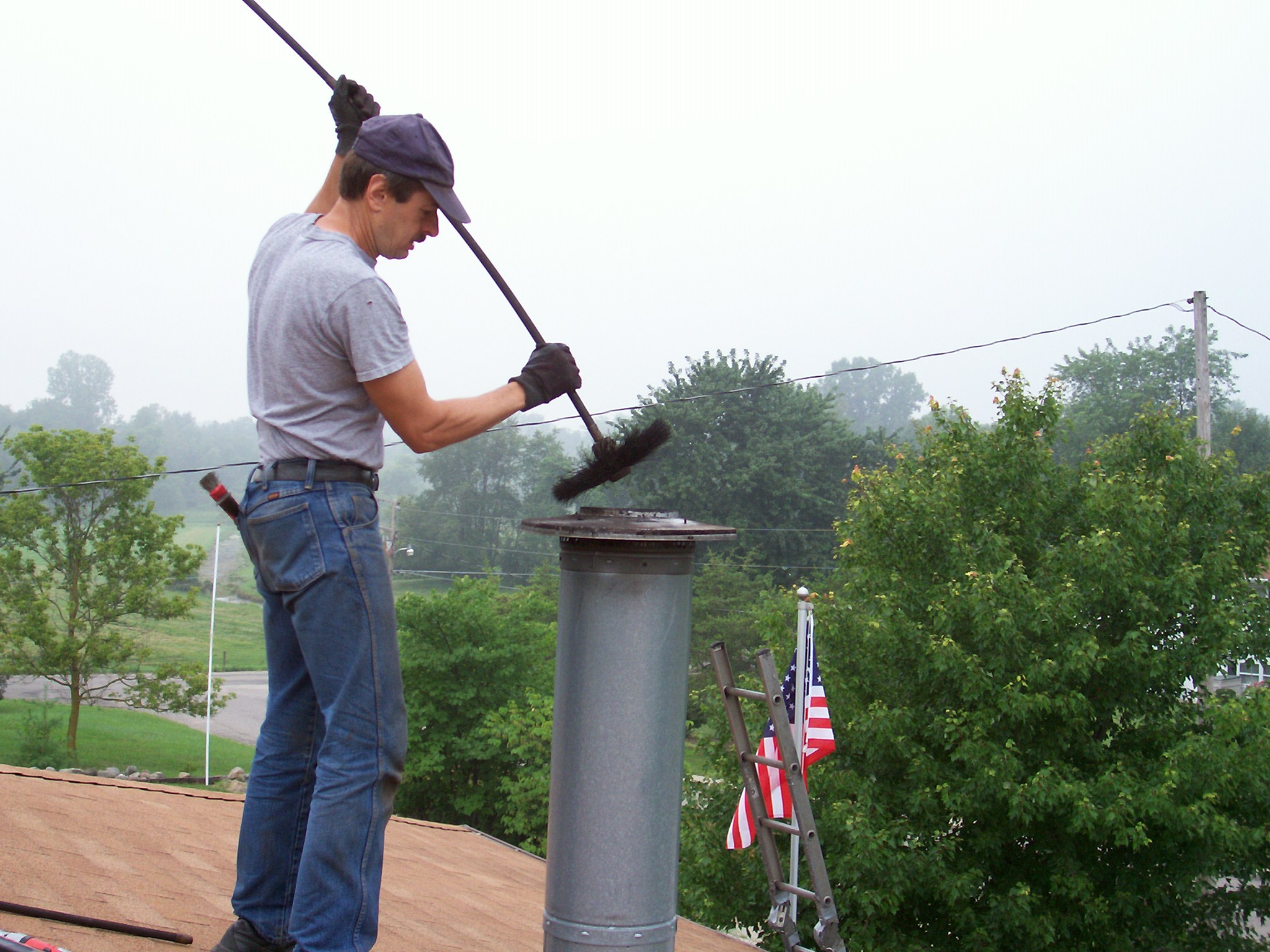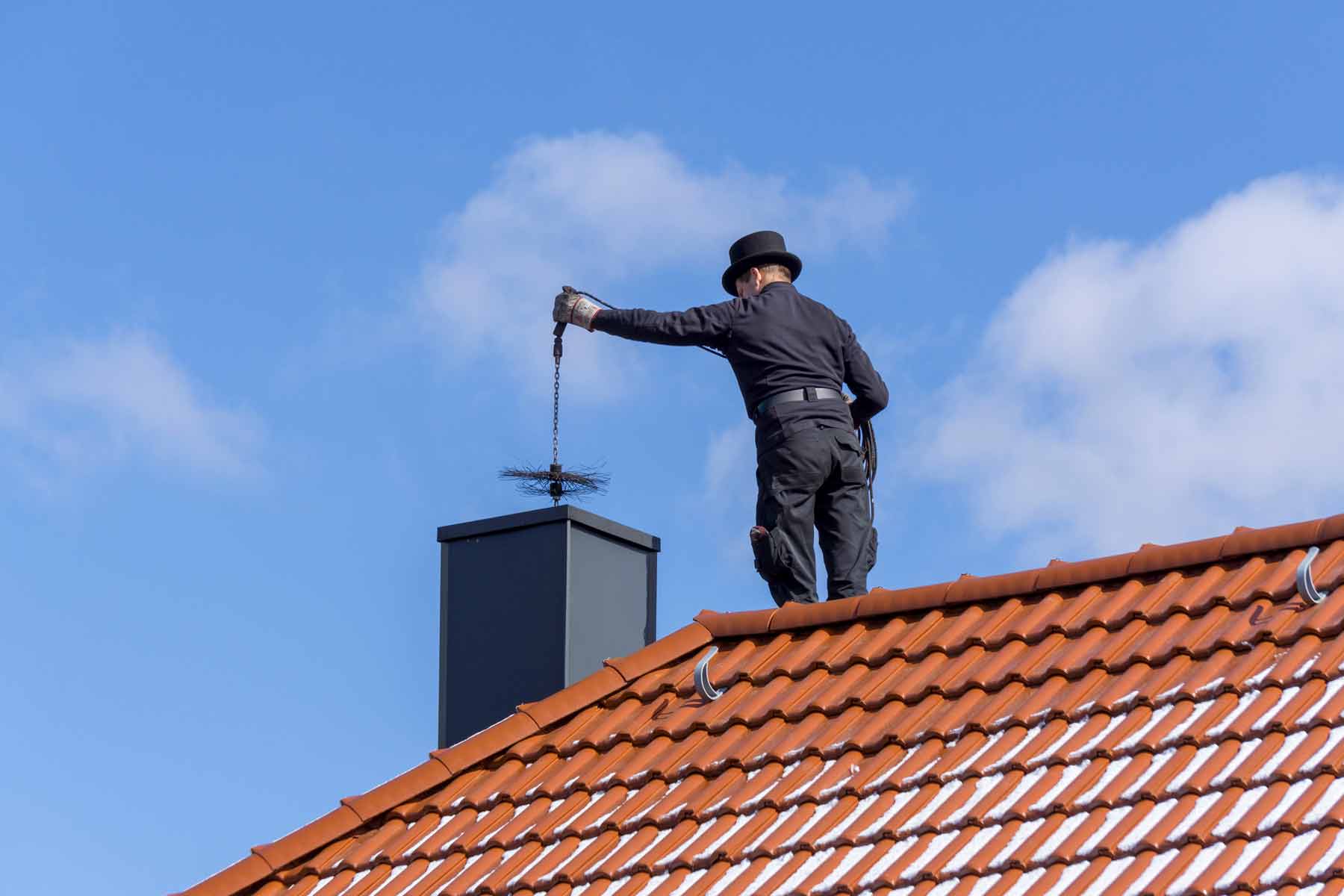Raise Your Home Comfort: Chimney Sweep San Jose Solutions You Can Count On
Raise Your Home Comfort: Chimney Sweep San Jose Solutions You Can Count On
Blog Article
The Hidden Dangers of Neglecting Smokeshaft Move and Upkeep
Disregarding chimney sweeper and maintenance can have extreme consequences that are usually overlooked by house owners. The covert risks can vary from chimney fires and hazardous gas launch to structural damages and carbon monoxide gas poisoning. This is why it is vital to prioritize routine chimney maintenance and move services.
Chimney fires are a common threat brought on by the accumulation of combustible creosote within the smokeshaft. These fires can promptly spread out to the remainder of the house, leading to ravaging repercussions. Toxic gases, such as carbon monoxide, can also be launched into the home if the chimney is not properly maintained. This odorless and anemic gas can be exceptionally harmful, triggering ailment and even death. Furthermore, overlooking chimney maintenance can result in architectural damages, including collapses and cracks, endangering the safety and security and stability of the whole house.
By comprehending the concealed threats and taking positive actions to guarantee chimney sweeper and upkeep, house owners can secure themselves and their families from these potential risks.
Chimney Terminates
When routine move and upkeep are neglected,Chimney fires pose a substantial danger to household homes. The build-up of creosote, a highly combustible material, within the chimney can stir up and result in a harmful fire. When timber or fossil gas are melted, Creosote is a byproduct of insufficient combustion and is developed. Gradually, this substance develops on the inner wall surfaces of the chimney, raising the risk of a fire episode.
When a smokeshaft fire occurs, the extreme warmth can cause the flue floor tiles to split or collapse, permitting the fire to spread out to the bordering locations of your home. The flames can breach the chimney framework and prolong right into the wall surfaces or attic room, causing substantial home damages and potentially endangering the lives of the passengers.
Additionally, the smoke and hazardous gases created during a chimney fire can pose a significant wellness threat. The inhalation of these gases, such as carbon monoxide gas, can be fatal. Even if the fire is had within the chimney, smoke can leak right into the home, infecting the air and triggering breathing problems.
To avoid chimney fires, normal smokeshaft sweeps and upkeep are vital. Expert chimney sweeper can remove the built-up creosote and inspect the smokeshaft for any kind of indications of damage or obstructions, making sure that it is in risk-free functioning condition. Neglecting these safety nets can lead to tragic repercussions for homeowners, making chimney fires a considerable threat that ought to never ever be ignored.
Hazardous Gas Launch

The launch of these toxic gases during a chimney fire can have significant repercussions. The architectural honesty of the residential or commercial property can be compromised as these gases can corrode steel elements, such as flue liners and chimney caps.
To stop the release of poisonous gases throughout a smokeshaft fire, regular chimney maintenance and move are essential. This includes regular assessments, cleansing, and repairs if required. In addition, mounting carbon monoxide detectors can give a very early warning system for the presence of this harmful gas. By prioritizing chimney maintenance and sweep, house owners can reduce the danger of hazardous gas release and guarantee the safety and security of their occupants and residential or commercial property.
Architectural Damages
One of the consequences of overlooking smokeshaft sweep and upkeep is the potential for substantial structural damage. Gradually, the buildup of creosote, debris, and various other substances in the chimney can cause various issues that compromise the structural integrity of the entire system.
One of the key issues is the development of chimney fires. When creosote, an extremely combustible compound, constructs up inside the chimney, more it can ignite and result in a fire that can rapidly spread to the rest of the residence. The extreme warmth produced by these fires can create extreme damages to the chimney's masonry, bring about cracks, falling apart mortar, and also the collapse of the smokeshaft itself.
Additionally, disregarding smokeshaft maintenance can result in wetness seepage. Leaks or cracks in the chimney can permit water to go into, bring about water damage and deterioration of the chimney's framework. Over time, this can weaken the bricks, mortar, and various other products, creating them to damage down and potentially collapse.
In addition, the existence of animals and pests in neglected chimneys can additionally add to structural damage. Chimney Sweep San Jose. Pets such as birds and squirrels can develop nests and leave debris that obstructs the chimney and avoids correct ventilation. This obstruction can lead to an accumulation of poisonous gases, decreased efficiency, and also architectural collapse
Carbon Monoxide Gas Poisoning
Carbon monoxide gas poisoning is a prospective threat that can arise from overlooking chimney sweeper and maintenance. Carbon monoxide gas (CO) is an anemic, odorless gas that is created when fuels such as gas, timber, oil, and coal are burned. When a chimney is not correctly preserved or swept consistently, it can come to be obstructed or obstructed, preventing the appropriate air flow of CO. This can result in a harmful buildup of carbon monoxide in the home, which can have significant health and wellness repercussions.
Exposure to high levels of carbon monoxide can be dangerous. Signs of carbon monoxide gas poisoning consist of headaches, dizziness, queasiness, confusion, and problem breathing. In severe instances, it can cause loss of consciousness, organ damage, and even death. Infants, the senior, and people try this out with pre-existing respiratory system conditions are especially prone to the effects of carbon monoxide gas poisoning.
Normal chimney sweep and maintenance are necessary to avoid carbon monoxide poisoning. An expert chimney sweep can remove any type of obstructions or blockages, making sure that CO can securely leave the home. In addition, routine assessments can recognize any prospective issues or damage to the chimney that may contribute to CO build-up.
To safeguard on your own and your family members from the risks of carbon monoxide gas poisoning, it is essential to prioritize chimney move and maintenance. By doing so, you can preserve a healthy and safe living setting.
Creosote Build-up
A considerable problem associated with ignoring smokeshaft move and upkeep is the buildup of creosote. It is very flammable and can position major threats to both the chimney and the home if not appropriately dealt with.
Creosote build-up takes place when the byproducts of combustion, such as smoke, gases, and particles, trendy and condense on the internal walls i was reading this of the smokeshaft (Chimney Sweep San Jose). In time, this sticky deposit can build up and set, developing a thick layer that limits air movement and enhances the threat of chimney fires
One of the major risks of creosote accumulation is the capacity for a smokeshaft fire. Creosote is very combustible and can spark at heats. Once sparked, it can melt at an intense warm, possibly causing significant damages to the smokeshaft structure and spreading to other parts of the home.
In addition to the risk of fire, creosote build-up can additionally result in bad chimney performance. As the layer of creosote thickens, it can obstruct the flue, minimizing the air flow and preventing correct air flow. This can trigger smoke to support right into the home, resulting in respiratory problems and carbon monoxide gas poisoning.

Conclusion
Chimney fires can cause substantial damage to the structure and placed lives at risk. Additionally, the buildup of creosote can even more boost the risk of smokeshaft fires.
Smokeshaft fires are a typical threat triggered by the accumulation of combustible creosote within the smokeshaft.To protect against smokeshaft fires, normal chimney sweeps and upkeep are important. Specialist chimney moves can eliminate the built-up creosote and inspect the chimney for any type of indicators of damages or clogs, ensuring that it is in secure working problem.To protect against the launch of toxic gases during a chimney fire, regular smokeshaft maintenance and sweep are critical. The extreme warm created by these fires can cause extreme damage to the smokeshaft's stonework, leading to fractures, collapsing mortar, and also the collapse of the chimney itself.
Report this page